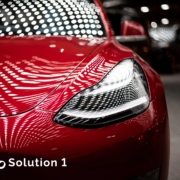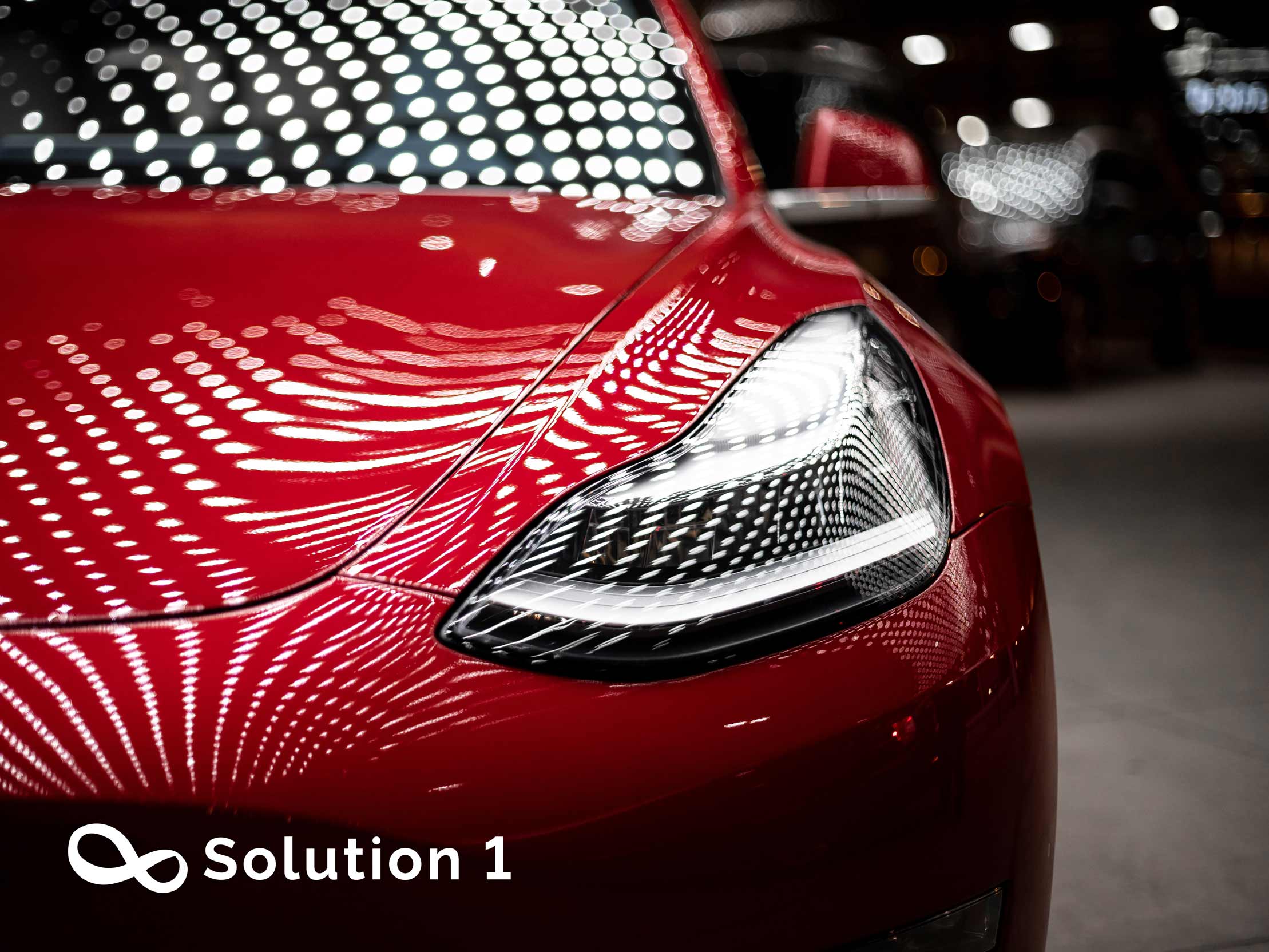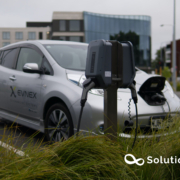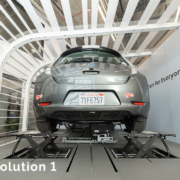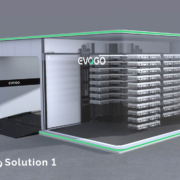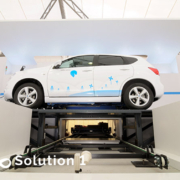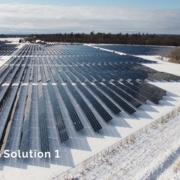Tesla ditches battery-swapping station plan in 2015: What went wrong?
Transportation consumes a tremendous amount of energy and meanwhile emits massive greenhouse gases, such as 28% of all energy in the US with over a quarter of greenhouse gas emissions. One way to drastically reduce its carbon footprint is by electrifying transportation and increasing renewable generation of electricity. Notably, more than 150,000 commercial electric vehicles were delivered in China in 2016, and most of them are fully electric taxis and buses. Commercial electric vehicles have been a driving force in electric vehicle adoption. They include taxis, buses, logistics vehicles, car-sharing services, etc. Unlike private cars, these commercial electric vehicles are on the road most of the time. They consume a lot more energy, and hence have a greater potential for energy saving and emission reduction if electrified, but also are far less flexible in refueling. The time-consuming process of battery charging is therefore a particularly severe pain point for commercial electric vehicles.
Considering the benefits of the battery-swapping station model, many business providers worldwide are offering swapping services. In March 2011, the Better Place network deployed the first modern commercial battery-swapping station in Israel and Denmark, although the operator filed for bankruptcy in May 2013 due to business failure. Tesla is another provider that has offered battery-swapping services since June 2013; Tesla deployed its first battery-swapping station along Interstate 5 in California between San Francisco and Los Angeles, which is the most common route taken by Model S sedan drivers. However, in June 2015, Elon Musk indicated that Tesla would abandon its battery-swapping station plan because only a few people were willing to use swapping services. The failures of Better Place and Tesla occurred for the following reasons.
The number of battery-powered electric vehicles in 2013 was 0.22 million, which is only 4.59% of the EV population in 2019. Battery-swapping station services were not sustainable considering the low swapping demand and expensive construction costs. Most EV drivers in the USA install private charging piles at home, and they prefer to charge overnight at a lower electricity price. Hence, the demand for battery-swapping stations is limited. Drivers’ demand patterns in the USA and Israel show that they usually use electric vehicles for traveling short distances and drive fossil fuel vehicles for long trips. From 2011 to 2015, the battery-swapping services offered by Tesla and Better Place were immature, and the battery properties, swapping fees, charging schedules, and battery maintenance was not fully investigated.
Battery swapping also has its unique challenges. It requires standardization of vehicles, batteries, and swapping infrastructure, which has proven to be a difficult process. A new operating model is needed to address ownership, maintenance, and payment of shared batteries.
These issues are less severe for commercial electric vehicles which are typically under the management of a single entity. The State Grid of China, such as, operates several city-size batteries swapping-based electric taxi programs, which exemplify a vertically integrated system consisting of electric vehicles, batteries, and service stations.
A challenge in these systems is that electric vehicles tend to swap their batteries at certain service stations that easily run short of fully-charged batteries to serve the demand. Electric vehicles occasionally have to wait in long queues to be served, which significantly degrades the efficiency of battery swapping. In order to alleviate the congestion at service stations, we propose to schedule EV battery swapping to fully utilize the current or future available fully-charged batteries in the system both temporally and spatially.

